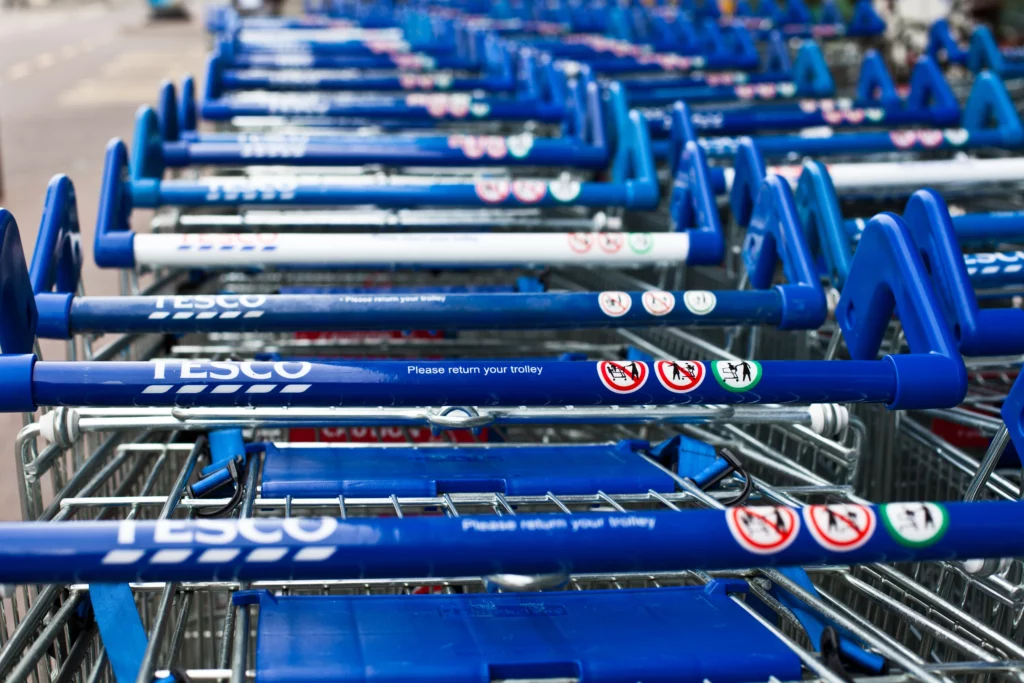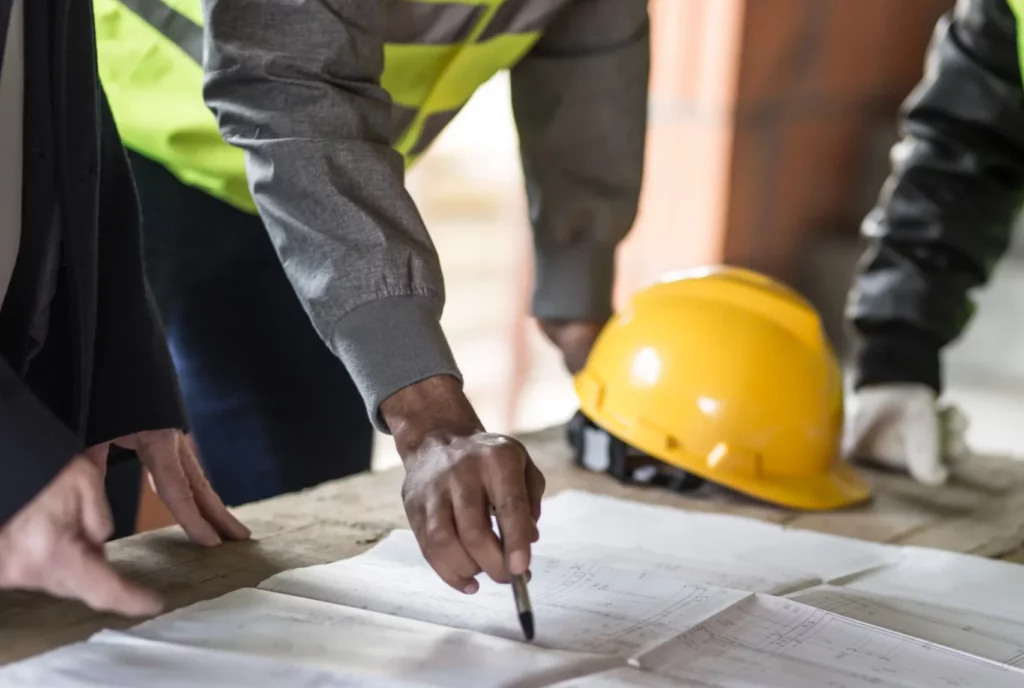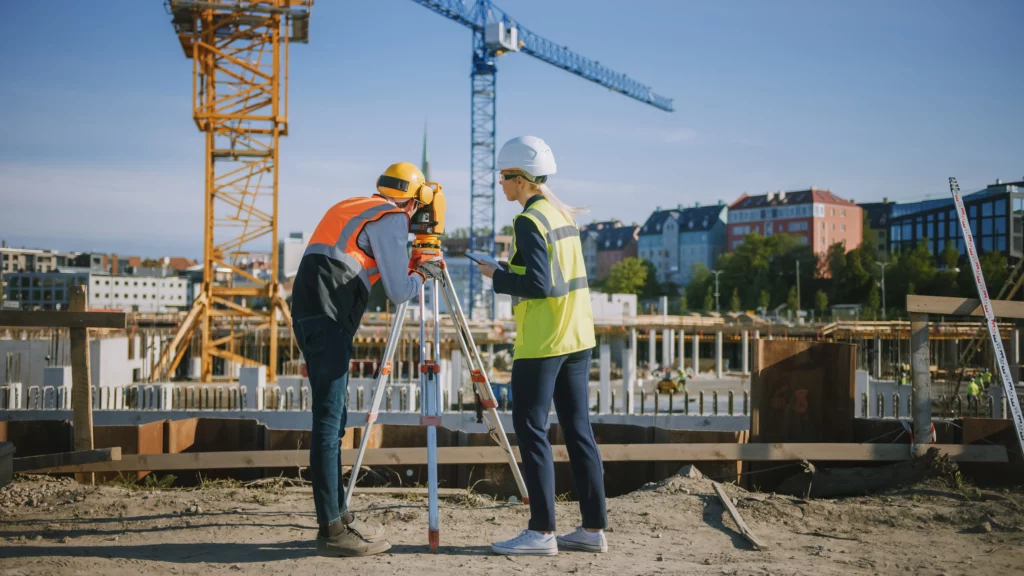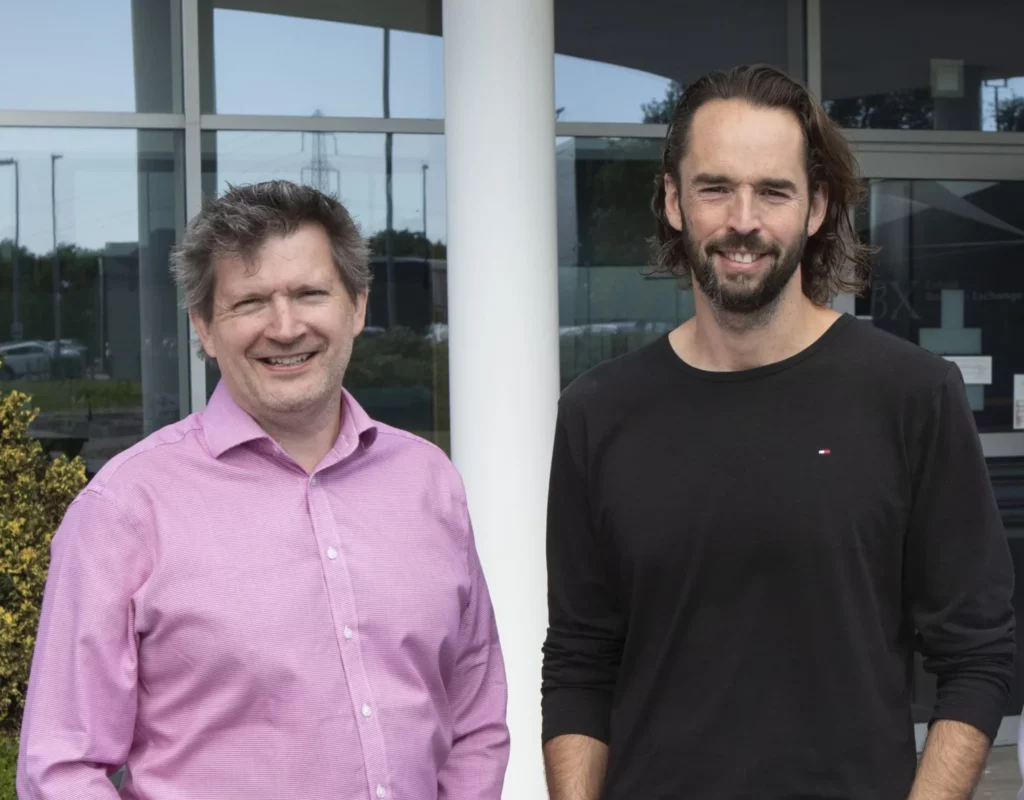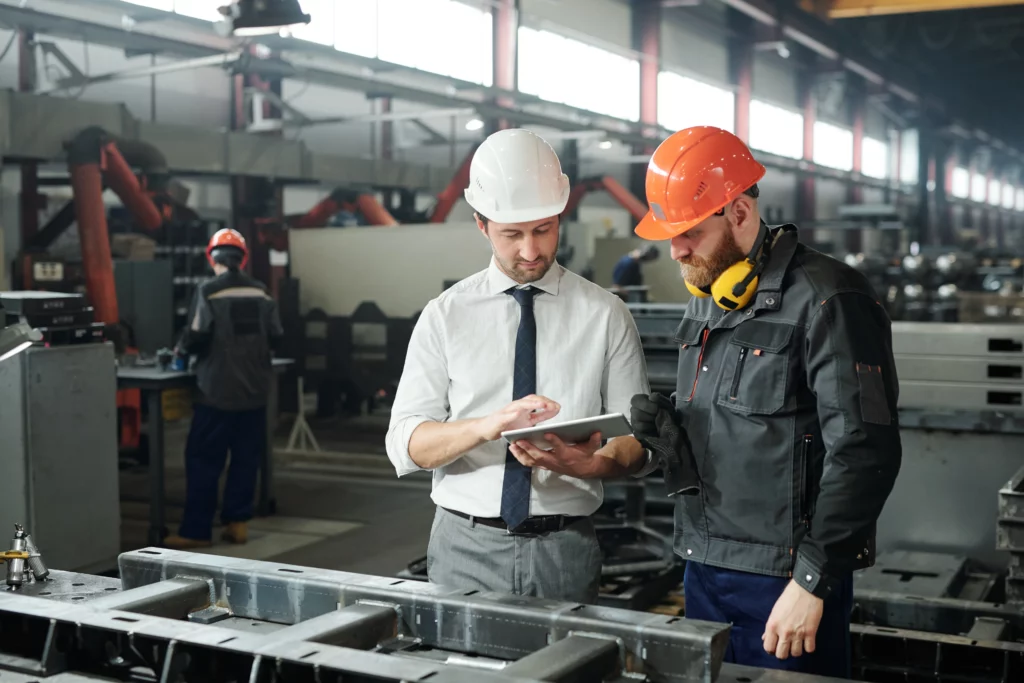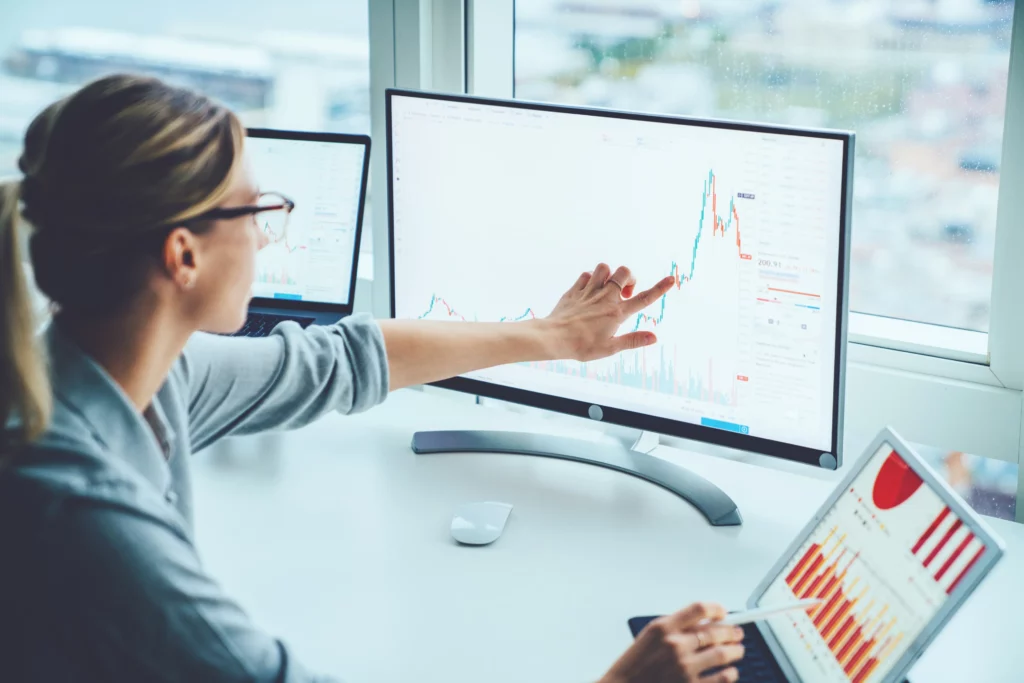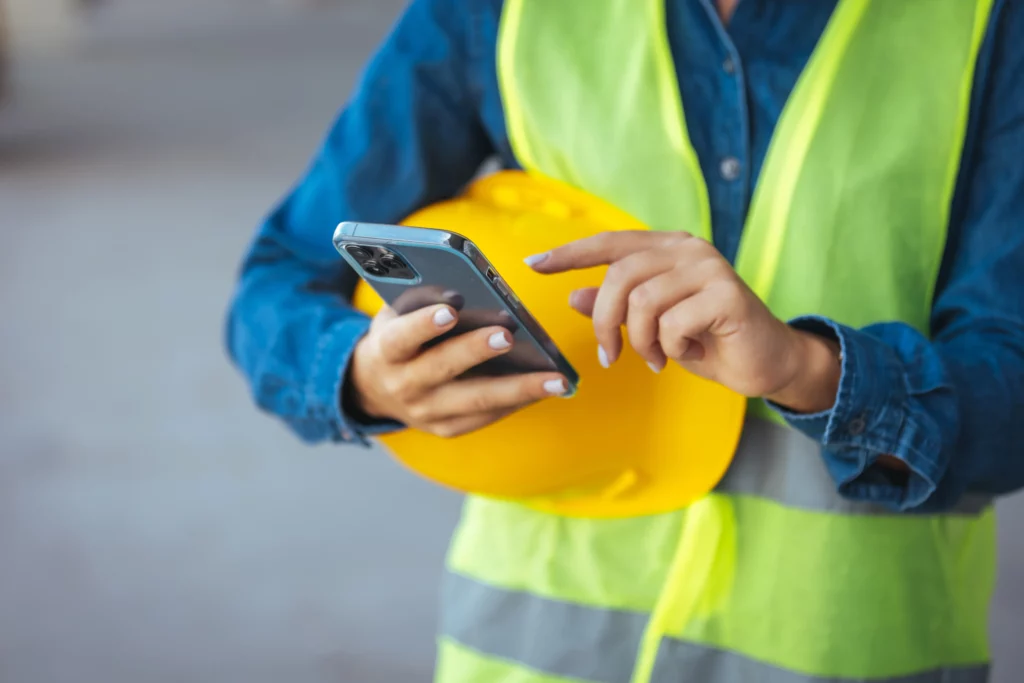For some time now, there has been a growing overlap between the responsibilities of Health & Safety and HR professionals, in relation to employee well-being.
Historically, it’s probably fair to say that many people in organisations saw H&S purely as a compliance function; so a big challenge faced by forward-thinking H&S professionals has been in showing where they add value and highlighting the commercial impact behind what they do. However, as more H&S professionals get to grips with showing their true value, there can be toe-stepping on duties traditionally seen as “HR’s job”, and therein lies the friction.
It doesn’t need to be this way.
There doesn’t need to be a ‘bun fight’ over roles and duties regarding well-being (as some sector press might suggest), because there is real, tangible value in establishing closer links and a more collaborative approach between HR and Health and Safety. In fact, both departments can perform far better and have the data to prove it.
But how?
Well, firstly, organisations need to do more to promote and educate their workforce on the broader well-being responsibilities of Health and Safety, providing a forum for open discussion that will help those in HR and in Health and Safety establish common interests and boundaries when it comes to day-to-day responsibilities.
Through effective demarcation of duties, there will undoubtedly be a number of areas that overlap, and which therefore require a joint effort.
For example, risk assessments and audits would typically be picked up by H&S, whilst welfare meetings/absence reviews would be dealt with by HR. In a modern, fast-paced working environment, that segregation doesn’t help at all. Both departments ought to be talking to each other and working together to address any issues arising from a risk assessment or welfare review. Technology can make this collaboration far easier; for example where Health and Safety software is easily integrated with existing HR software or vice versa.
Technology can also help with data security, so if both HR and H&S are currently using spreadsheet-based processes to manage employee data, they’re not only missing out on a load of lovely shared-use data, but also putting themselves at greater risk of a data breach. Getting the interface and dialogue established sooner rather than later will be of huge benefit to both departments.
If HR and Health and Safety professionals can offer a united front within the organisation and make the process of reporting incidents, poor wellbeing and accidents easier for all, both will benefit from the data garnered.
Ultimately, these aspects come back to employee effectiveness and wellbeing, so if Health and Safety have data on Lost Time Incidents that can help HR better with their approach to absence management, or HR complete a back-to-work interview with a member of staff who might have been off sick following an incident at work, knowledge sharing will make it easier to identify issues, determine required actions and maximise the efficiency and effectiveness of both departments.
Where should Health and Safety sit within an organisation in order to be effective?
To a large degree, this is about what works best for each individual organisation based on its size, sector, maturity and so on. However, we’d warn against the assumption that Health and Safety should just be bundled in with HR because “it’s about the people”.
Health & Safety obviously focuses on the physical and mental elements of the workforce, but it also extends out to the fabric of the buildings, the facilities, equipment, maintenance, quality and other environmental aspects. This is why H&S sometimes reports into a more directly operational function. And because it covers this broader remit, throwing Health and Safety in with HR can mean that the full benefits of a robust Health and Safety strategy are not realised.
What matters most is the importance the organisation attaches to Health & Safety. If it’s not reporting into a Board Director, then we believe it’s not at the level it should be. Only by having that voice at the board table can Health and Safety be more than a box-ticking exercise.
Having Health and Safety sitting within Operations has certain advantages, but as HR professionals have discovered over time, the only way to be truly effective in organisations these days is to learn how to influence colleagues and use facts and data to present business cases.
The best of both worlds is achieved by ensuring your HR team are suitably proactive and commercially minded, as they will then naturally understand the benefits to be gained from getting very close to their similarly-minded colleagues in H&S. There shouldn’t be a struggle to get these departments working effectively together if both are committed to the wellbeing of staff throughout the business and know how to show their value in commercial terms.
And one key thing to remember: Both departments have more in common than not, so striving towards a more engaged workforce, using the tools to make reporting and management as simple as possible and sharing information between departments is really the best way for HR and H&S to remain effective and prominent within the business.
If you work in Health and Safety or HR and have opinions on the topic, we’d love to hear them! Get in touch with us via Twitter or LinkedIn to join the conversation. Thanks to HRD Connect for asking us to cover this topic on their website first.


































